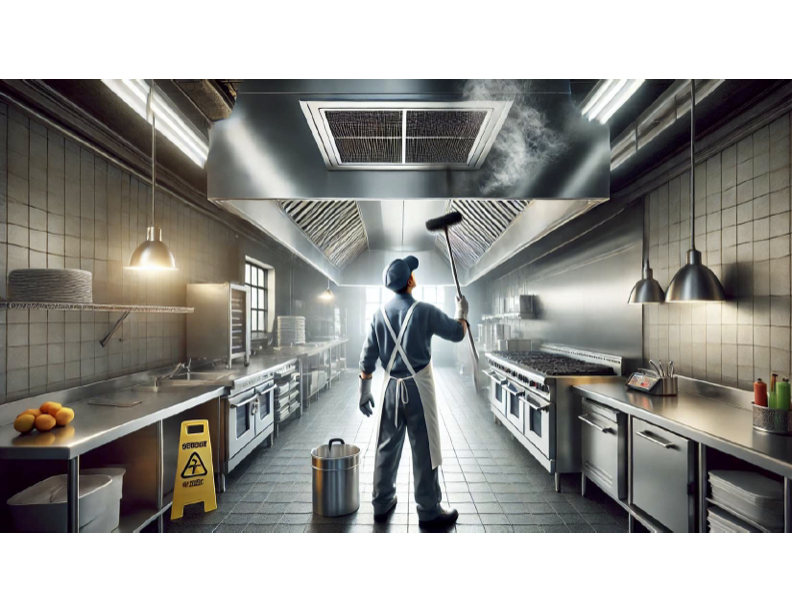If you run a commercial kitchen, you know your exhaust hood isn’t just another piece of equipment—it’s a critical part of your operation. It removes smoke, grease, and heat, keeping the kitchen safe, compliant, and functional. But it only does its job if you do yours: keeping it clean and maintained.
Here’s what proper kitchen hood maintenance looks like, why it matters, and how to stay on top of it.
Why Kitchen Hood Maintenance Is Non-Negotiable
Neglecting hood maintenance isn’t just a cleanliness issue. It’s a fire hazard. Grease buildup in ducts and fans is one of the most common causes of restaurant fires. Besides safety, a dirty hood system reduces airflow, which makes the kitchen hotter and harder to work in.
There’s also compliance: local fire codes and health departments often have strict rules around hood maintenance. Fail an inspection, and you could face fines—or worse, a forced shutdown.
What Proper Maintenance Includes
1. Daily Surface Cleaning
Wipe down the outside of the hood at the end of each day. Grease splatters and steam can cause buildup over time, and daily cleaning keeps it under control. Use a degreasing cleaner that’s safe for stainless steel.
2. Weekly Filter Cleaning
Filters trap grease before it can enter the ductwork. Remove and soak them in hot, soapy water (or run them through a dishwasher if they’re dishwasher-safe). How often you need to do this depends on how much cooking you do—some kitchens need to clean filters more than once a week.
3. Professional Deep Cleaning
This isn’t a DIY job. A certified hood cleaning service should clean the full system—hood, ductwork, fans—on a regular schedule. For most kitchens, that means every 3 months. High-volume operations (like 24-hour diners or fast food spots) might need monthly cleanings. Lower-volume kitchens could go longer.
4. Inspect Fans and Belts
A working exhaust fan is essential for removing smoke and keeping air moving. Have your service technician check the fan motor and belts during regular cleanings. If something’s loose, worn, or off-balance, it needs to be fixed before it breaks.
5. Document Everything
Keep a log of all cleaning and maintenance—dates, who did it, what was done. Not just for your records, but to show inspectors you’re staying on top of things.
Red Flags to Watch For
- Strong grease smell in the kitchen
- Reduced airflow or more smoke than usual
- Rattling or unusual fan noises
- Grease dripping from the hood
- Visible buildup inside the filters or duct
If you see any of these, it’s time to act.
The Bottom Line
Regular maintenance of your kitchen hood system protects your business, your staff, and your customers. It keeps your kitchen safer, more comfortable, and in compliance with the law. Don’t wait for a problem—or an inspection—to force your hand. Build hood maintenance into your routine, and stay ahead of it.

